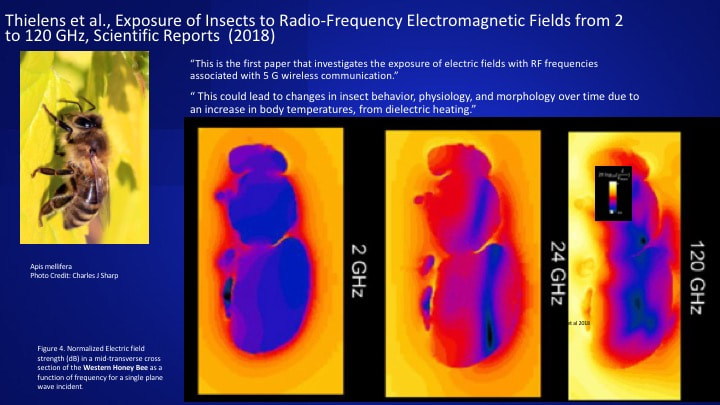If you've ever been through a city you might have noticed tiny 5G cell towers placed on poles for street lighting. They appear like tiny boxes, but they're actually broadcasting wireless signals from mobile providers to your mobile.
These smaller towers are replacing the larger, purpose-built cell towers. Although they're not as visible but they can still create problems for those who live nearby.
It is the of the FCC's Radiation Exposure Thresholds
The FCC's Radiation Exposure Thresholds define the maximum amount of time one can expose to electromagnetic energy generated by wireless devices. https://heartswitch8.werite.net/post/2023/04/25/Very-best-safest-distance-from-a-5G-cell-Structure for exposure are based on research that prove that electromagnetic energy could be harmful to human health.
The rate of absorption called the specific absorption rate (SAR) is an indicator of the amount of radiofrequency energy that is absorption by tissues. what is a safe distance from a 5g cell tower 's typically 1.6 milliwatts per kilogram averaged over one gram of tissue.
But, since 5g operates at higher frequencies and has the potential to increase the intensity of energy on the skin and other directly-exposed body areas. This could result in a wide range of potential harms, including exacerbated development of skin diseases like dermatitis, cataracts, and skin cancer.
Because of the potentially severe effects of 5g radiation, PSU has chosen to establish a general, localized power density limit of 4 mW/cm2 based on the average on 1cm2, and never to exceed 30 minutes for the entire 5G spectrum at 3000 GHz. This limit for localization is in line with the maximum spatial-average SAR of 1.6 W/kg, which is averaged over 1 g of tissue at 6 GHz.
The FCC's Maximum Exposure Thresholds for Maximum Exposure
If you've ever used a mobile phone, you probably know that the safest location from the tower is around 400 meters away. This is due to the transmitting power of the cell tower is significantly increased the farther you are from it.
Although this may sound like something that's good however, those living close to towers could be more vulnerable to health problems. For instance, a study conducted in 2014 in India discovered that people who lived within 50 meters of cell towers had significant more health issues than those who were away from the antennas.
However, this study also found that people who moved to areas further away from cell towers noticed their symptoms improve within a few days. Other studies have demonstrated that exposure to extreme levels of radiofrequency electromagnetic fields (EMFs) can lead to brain tumors, cancers, and other health problems.

This is due to the fact that RF radiation, used for wireless communication, has the ability to penetrate the human body's outer layer of skin. It is vital to be aware of this because the skin acts as a protective barrier against mechanical injury, infection by pathogenic microorganisms, and entry of toxic substances. The skin is the biggest organ of the human body and is responsible for keeping the integrity of the other organs.
The FCC's Minimum Exposure Thresholds for the Minimum Exposure
The FCC's Minimum Exposition Thresholds depend on a variety of assumptions that aren't supported by scientific evidence. They include the false belief that short-term exposures to RF radiation are safe due to minimal absorption into body (i.e. thermal heating of tissue).
The assumption also ignores the more extensive penetration of ELF elements of modulated radio signals and the effects of short bursts of heat generated by RF waves that are pulsed. These assumptions do not correspond with current understanding of the biological consequences of RF radiation, and thus they shouldn't be relied upon for health-protection exposure guidelines.
Furthermore to that, ICNIRP and FCC limit their maximum exposure limits to local peak SARs based on the maximum speed of spatial absorption (psSAR) which is not a sufficient dosimetric tool to assess the amount of exposure to RF radiation. Particularly, psSAR is inaccurate when frequencies exceed 6 GHz. Furthermore, psSAR has not been tested for RF radiation exposed to other agents of the environment such as sunlight. In the event of interactions, RF radiation and other environmental agents could produce synergistic or antagonistic effects. This would result in an increased risk of negative health adverse effects. For example, co-exposure to RF radiation along with exposure to sunlight can cause an increase in the incidence of developing skin cancer and exacerbate other skin diseases such as acne.
